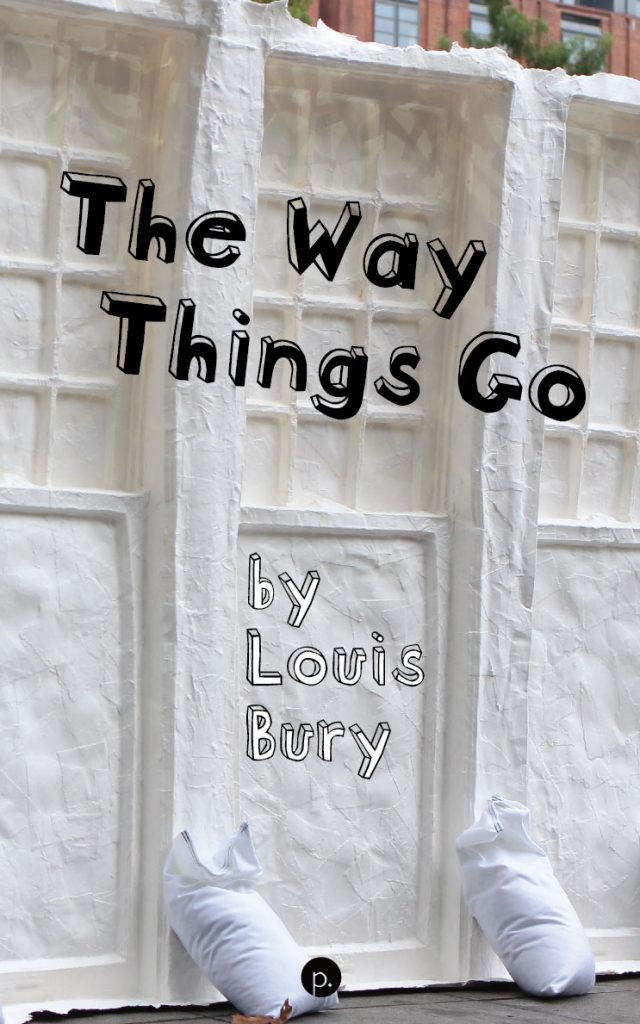The Way Things Go contains a mix of poetry, art writing, and life writing about anticipatory grief, or mourning someone or something before it’s gone. Each successive chapter in the book decreases in length by exactly one sentence, from a 71-sentence-long opening chapter, to a 70-sentence-long second chapter, to 69 sentences, 68 sentences, and so on down to 1 (a book-length Oulipian “melting snowball”). This shrinking form enacts the book’s concerns with loss, climate change, and the passage of time.
At the level of its content, however, The Way Things Go is not fatalistic. Its title comes from a cult classic 1987 Fischli and Weiss film, in which objects such as bags of trash, car tires, and oil drums knock into one another in a Rube Goldberg-esque chain reaction. Moving through both personal history (his sister’s lupus and heroin addiction, his grandmother’s experience as a Holocaust survivor) and more global concerns (the Sixth Mass Extinction, COVID-19, the war in Ukraine), Bury considers the disruptions that occur as “things go,” as well as the continuity that remains. The book suggests that recent negotiations between optimism and pessimism with respect to the future reflect people’s feelings of vulnerability, particularly people who are used to taking their life’s stability for granted, in a world that seems increasingly precarious.


One thought on “The Way Things Go”